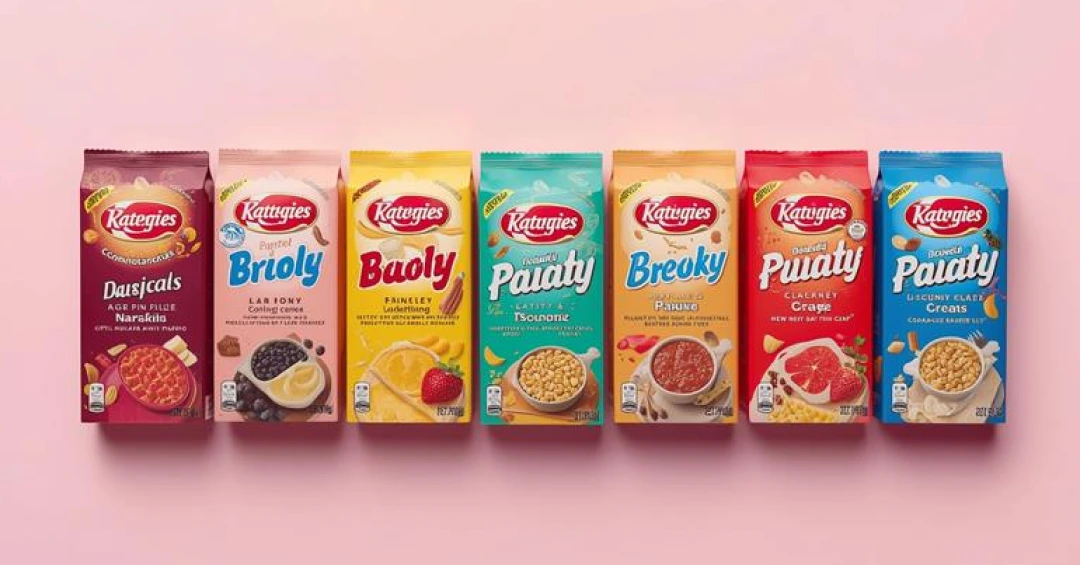Over time, claims such as “100% pure,” “100% natural,” and “100% safe” have made their way onto countless food packaging labels. However, the Food Safety and Standards Authority of India (FSSAI) has now issued a strong advisory urging all Food Business Operators (FBOs) to refrain from using the term “100%” on food labels, packaging, and promotional materials.
Why? Because it’s not just vague but can mislead consumers.
Here’s what this means for packaging, marketing, and regulatory teams, and how to navigate these changes efficiently.
FSSAI’s Advisory
In a press release, FSSAI flagged a noticeable surge in the use of the term “100%” on food labels and promotions. It stated that the term is:
- Not defined or referenced in any manner under the FSS Act, 2006 or the Food Safety and Standards (Advertising and Claims) Regulations, 2018.
- Ambiguous and misleading, as it can create a false impression of absolute purity or superiority.
- Likely to mislead consumers into believing that other products are inferior or less compliant with safety standards.
As per the advisory, “The use of the term ‘100%’—whether in isolation or combined with other descriptors—is likely to create a false impression of absolute purity or superiority.”
FSSAI also reminded FBOs of Sub-regulation 4(1), which states that claims must be truthful, unambiguous, meaningful, and not misleading, and Sub-regulation 10(7), which prohibits advertisements that undermine competitors or mislead consumers.
What packaging & marketing teams should do now
If your product packs or promotions currently use the term “100%” in any form, be it “100% vegetarian,” “100% pure,” “100% safe”, its to take action.
- Review all artworks that feature the term and prepare for corrections across SKUs.
- Align with regulatory requirements to avoid non-compliance issues.
- Communicate the advisory to internal teams and external partners like design agencies and suppliers.
This is more than a compliance issue. It’s a coordination challenge. Packaging content flows through marketing, legal, regulatory, design, and vendor ecosystems. Without clear visibility and control, the risk of non-compliant claims slipping through increases.
Why an artwork management system matters more than ever
Without a structured system in place, updating pack claims across SKUs, formats, and markets can easily become a rushed, error-prone process.
That’s where an artwork management system really makes a difference. It helps teams stay organized and in sync—so updates aren’t rushed, and important details don’t get overlooked.
ManageArtworks is one such platform purpose-built for this. Here's how it helps:
- Centralized pack copy management
Approved terms and phrases are stored in a version-controlled pack copy repository, helping teams avoid unapproved language like “100%.” With smart features like find-and-replace, content can be updated efficiently across all relevant artworks—without manual errors or inconsistencies.
- Smooth approval workflows
Built-in workflows route artworks through regulatory and legal checkpoints, keeping teams aligned at every stage. This ensures that even during regulatory updates, content changes are reviewed, approved, and implemented systematically.
- Complete traceability
Every edit, comment, and approval is logged—providing a clear audit trail. When rules change, you can quickly identify affected artworks, track past claims, and demonstrate compliance.
To summarize
FSSAI’s latest advisory isn’t just about avoiding a number. It is about protecting consumer trust and regulatory integrity. For FBOs and packaging teams, this is a reminder to keep content sharp, clear, and compliant. With the right systems in place, staying compliant becomes easy, even when regulations shift.





.webp)
















